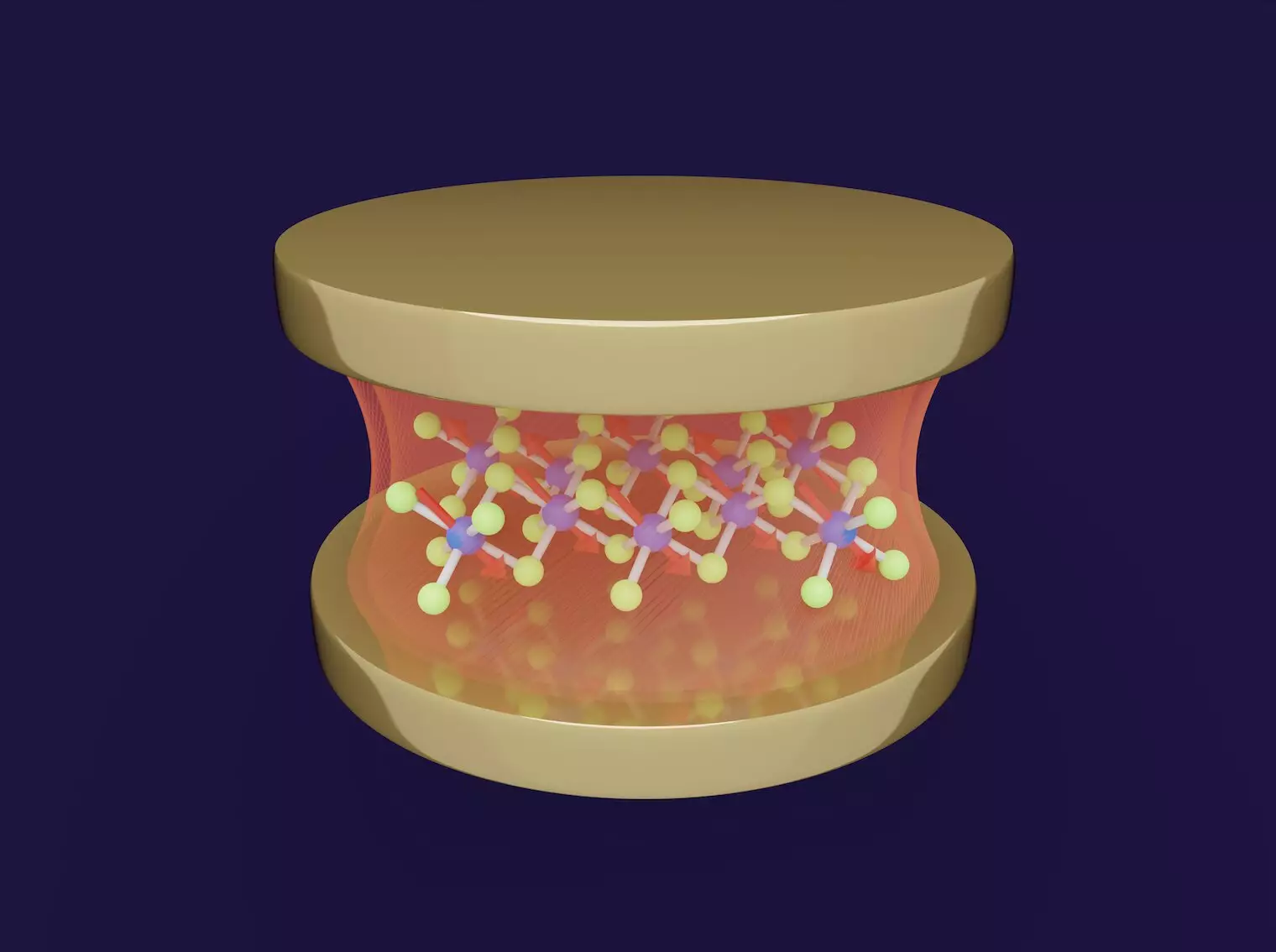Researchers in Germany and the U.S. have made a groundbreaking discovery in the field of material physics. They have demonstrated that the magnetic state of an atomically thin material, α-RuCl3, can be controlled solely by placing it into an optical cavity. This means that the cavity vacuum fluctuations alone are enough to change the material’s magnetic order. This discovery has significant implications for the field of materials science as it provides a new and innovative way to manipulate and control the properties of materials without the need for continuous stimulation by high-intensity lasers.
Intense laser light has been used in material physics research to modify the properties of magnetic materials. By engineering the properties of the laser light, researchers have been able to alter the electrical conductivity and optical properties of different materials. However, this method requires continuous stimulation by high-intensity lasers, which can lead to practical problems such as overheating. This is because it is difficult to stop the material from heating up. Therefore, researchers have been searching for alternative methods to gain similar control over materials using light, but without the use of intense lasers.
The team of researchers from the Max Planck Institute for the Structure and Dynamics of Matter (MPSD) in Hamburg, Germany, Stanford University, and the University of Pennsylvania has come up with a fundamentally different approach. They have demonstrated that an optical cavity alone is enough to manipulate and control the magnetic properties of a material, specifically the zigzag antiferromagnet α-RuCl3. Importantly, the researchers have shown that even in a seemingly dark cavity, the material is still able to sense modifications of the electromagnetic environment and adjust its magnetic state accordingly. This effect is purely quantum mechanical, as within quantum theory, the empty cavity (or vacuum state) is never truly empty. The light field in the cavity fluctuates, causing light particles to appear and disappear, which ultimately affects the properties of the material.
The optical cavity effectively confines the electromagnetic field to a very small volume. This confinement enhances the effective coupling between the light and the material. Lead author Emil Viñas Boström explains that carefully engineering the vacuum fluctuations of the cavity electric field can lead to drastic changes in a material’s magnetic properties. Unlike previous methods that rely on light excitation, this approach does not require continuous laser driving. The absence of light excitation means that the problems associated with overheating are circumvented.
This groundbreaking research is the first to demonstrate the ability to control magnetism in a real material using an optical cavity. Previous investigations have focused on cavity control of ferroelectric and superconducting materials. The researchers anticipate that by designing specific cavities, they will be able to realize new and elusive phases of matter. This discovery not only opens up new possibilities for manipulating and controlling the properties of materials but also offers deeper insights into the intricate relationship between light and matter.
The researchers’ discovery of manipulating the magnetic properties of materials using optical cavities represents a significant breakthrough in the field of material physics. The ability to control magnetism without the need for intense laser light stimulation has the potential to revolutionize various industries and pave the way for new material properties and applications. This research lays the foundation for further exploration into the interplay between light and matter and opens up exciting opportunities for the creation of novel phases of matter.


Leave a Reply